-you could take out some details to simplify the people
-maybe make the ball bigger to exaggerate something on the field
-add lots of colors to the background
-you can make the arms wiggly
-you could exaggerate the Golden Gate Bridge
-you filled in the space but make the background a different color than that guy or make that guy a different color
-add more fins to your shark
-less details, simplify it
-you could make his eyebrows bigger
-you might want some more shapes, it looks like all background
-it's okay if it doesn't look like a thing, that's not good or bad
When creating their final artwork, students have many considerations. They can use the feedback from peers. They might keep elements of their first iterations or change something about their work that didn't work well for them.
It is exciting to see their creativity and the diversity in their work.

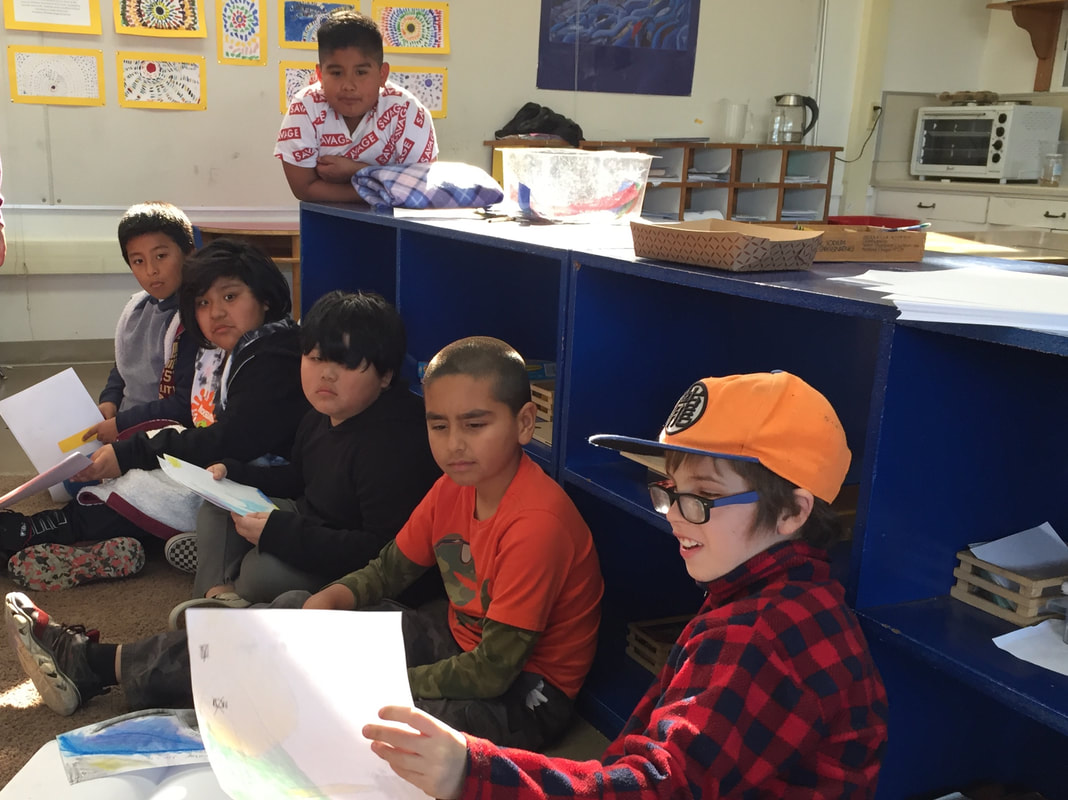
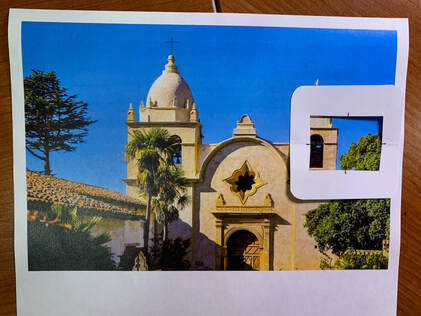
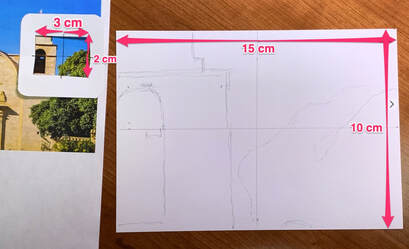
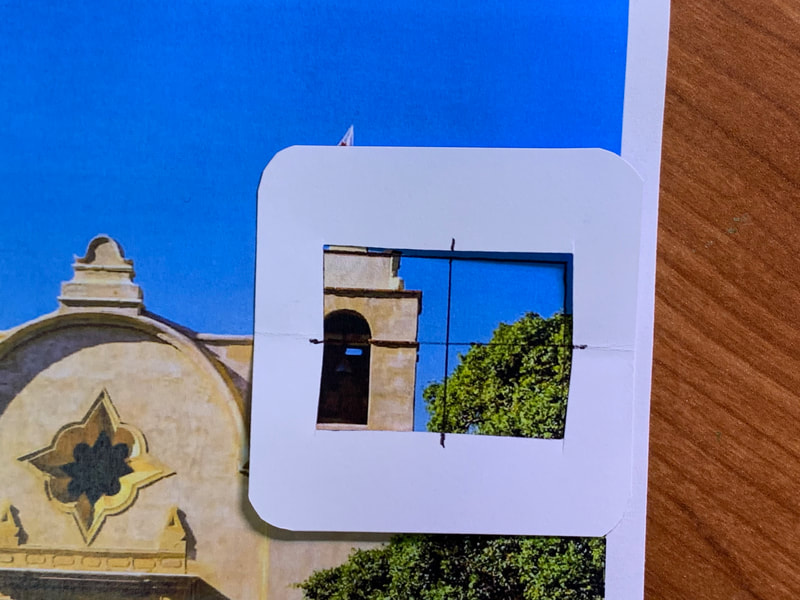
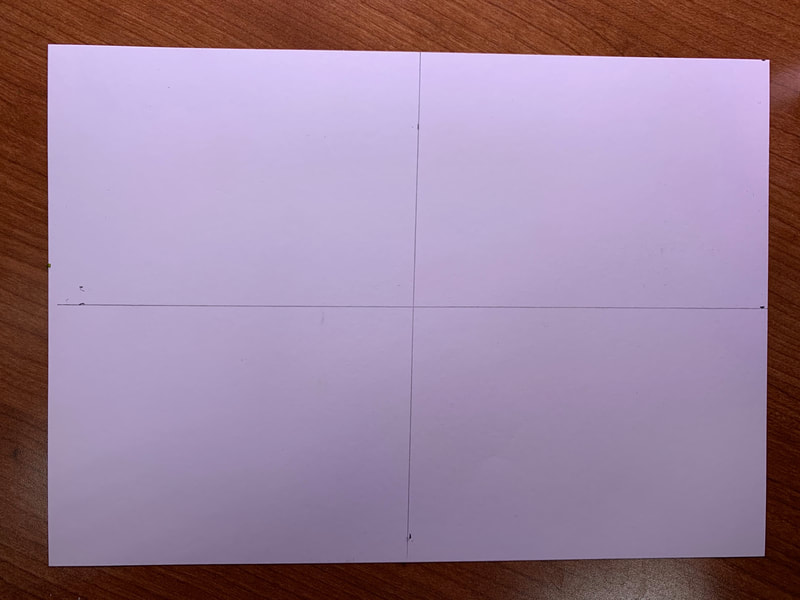
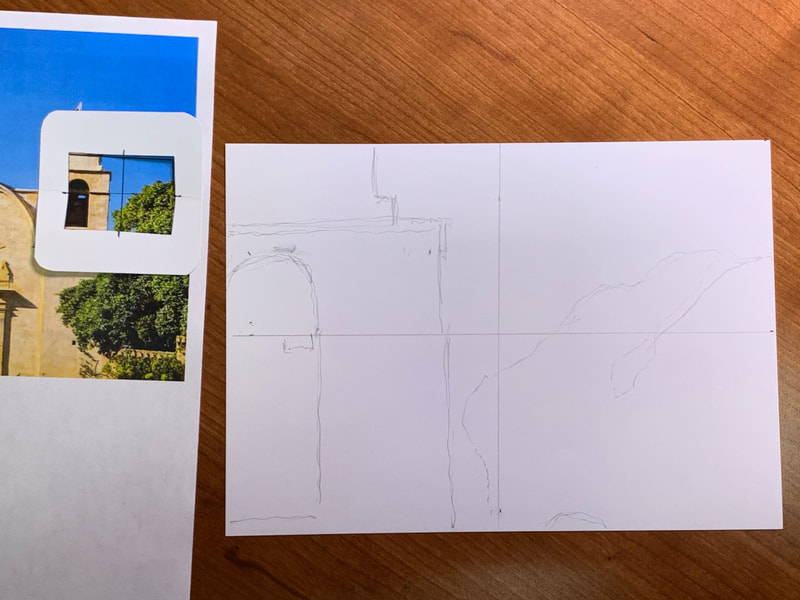
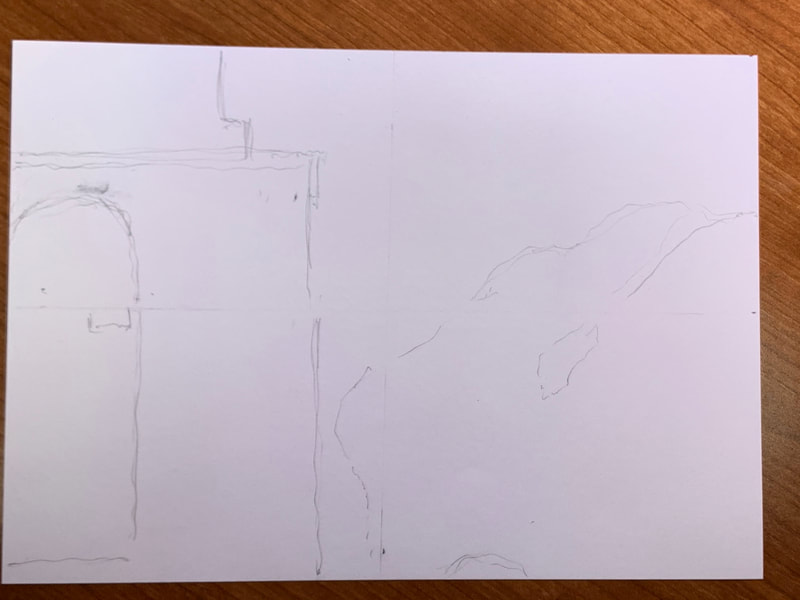
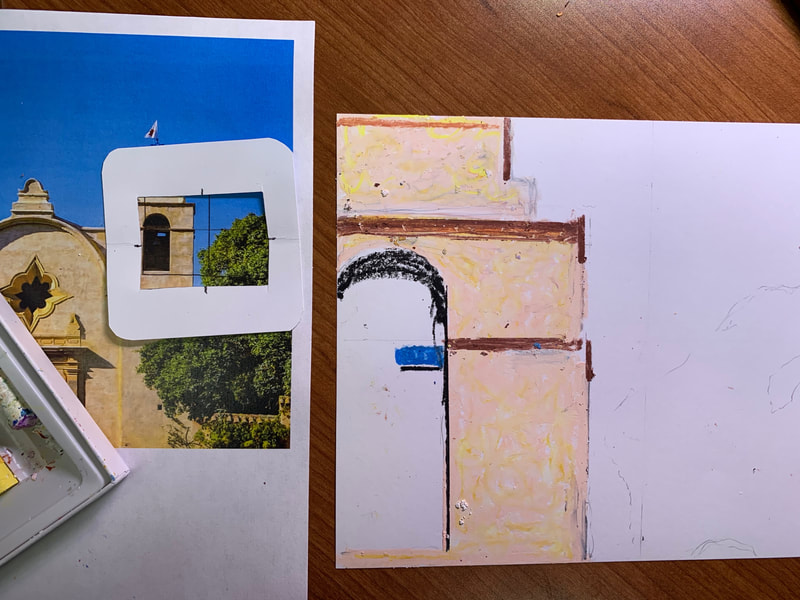
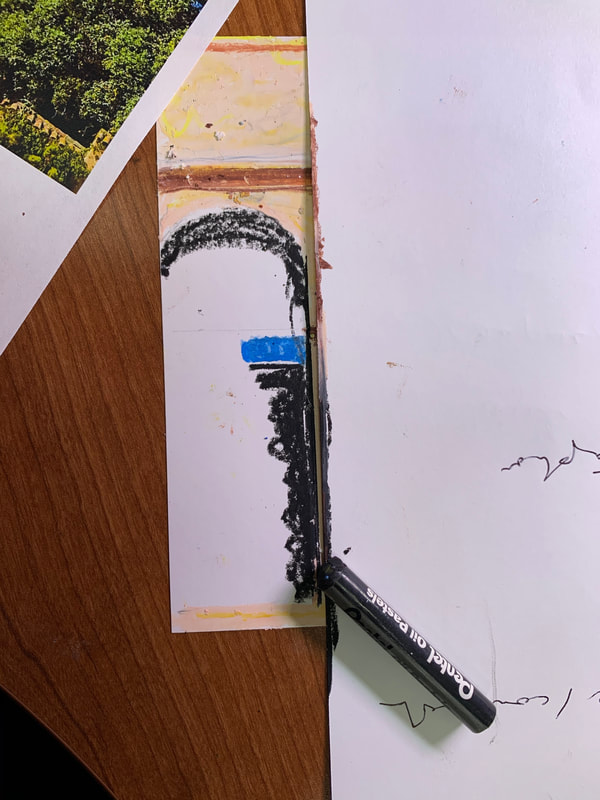
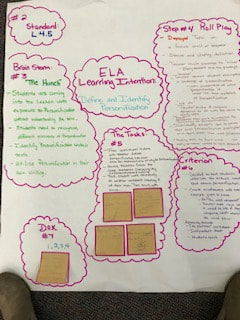
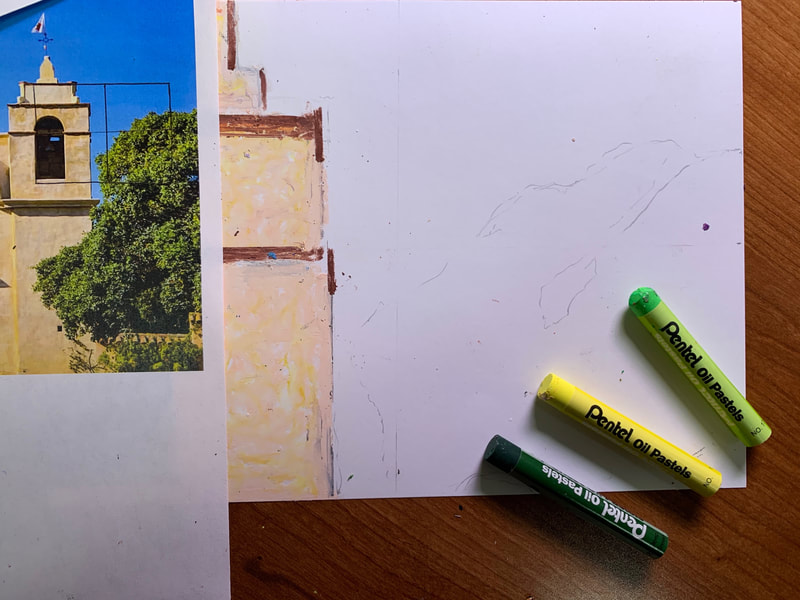
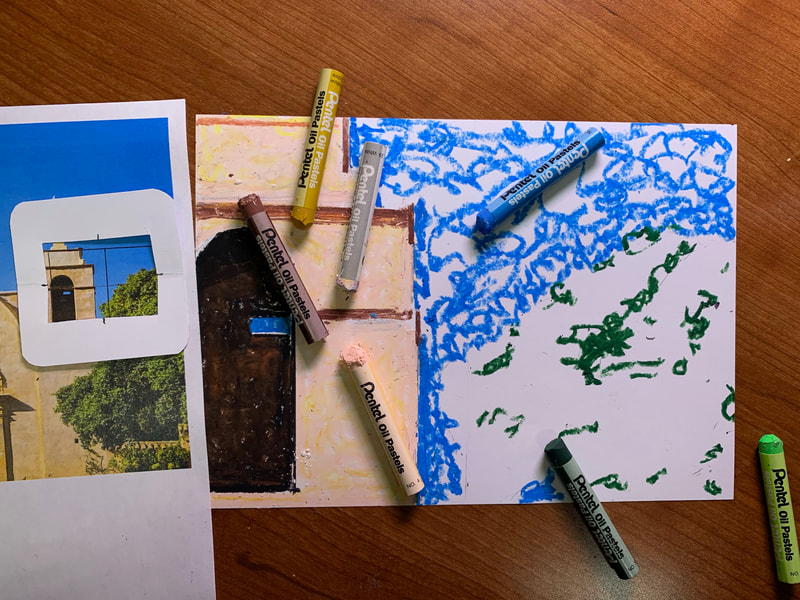
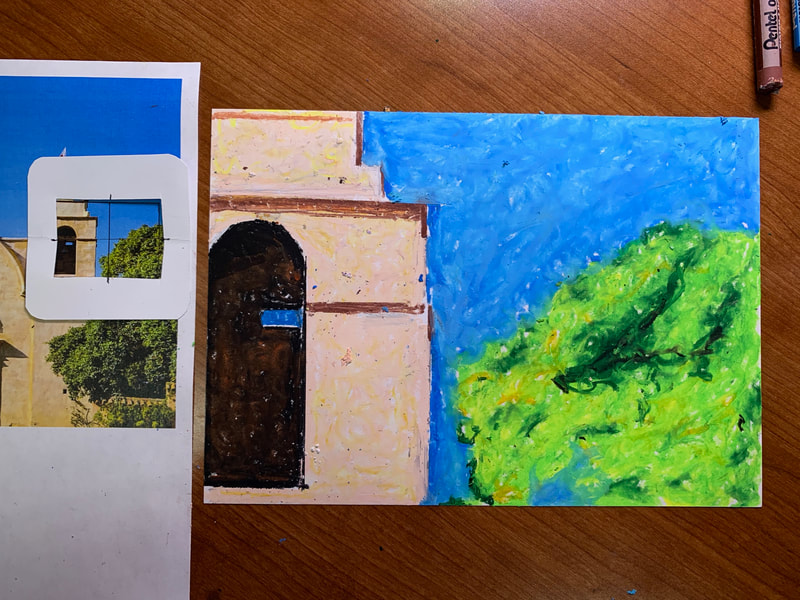
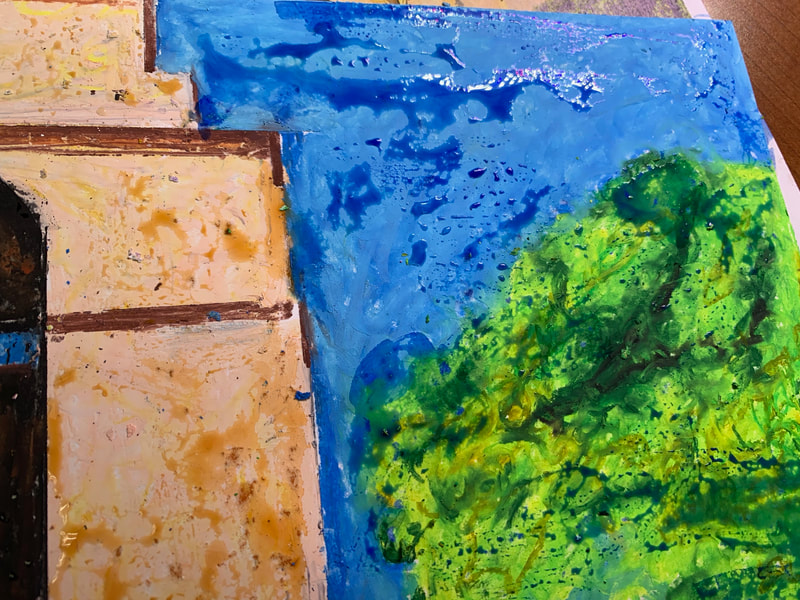
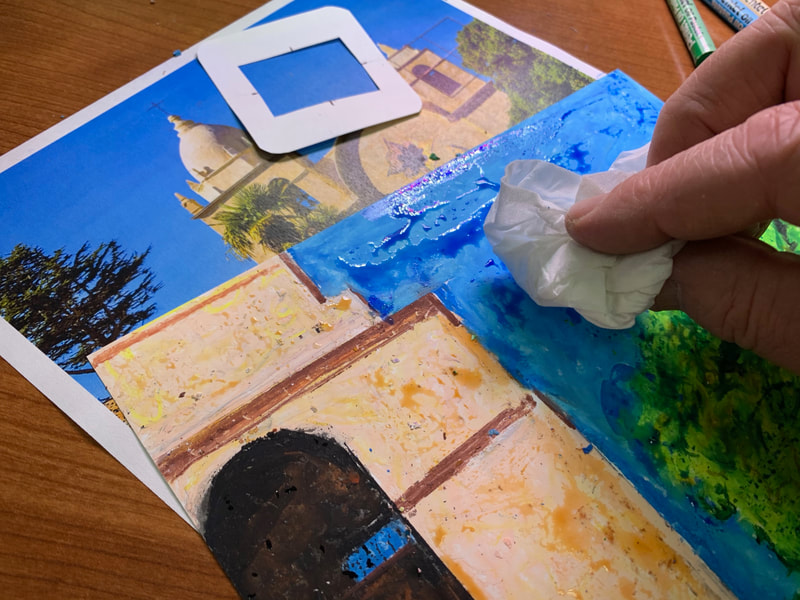
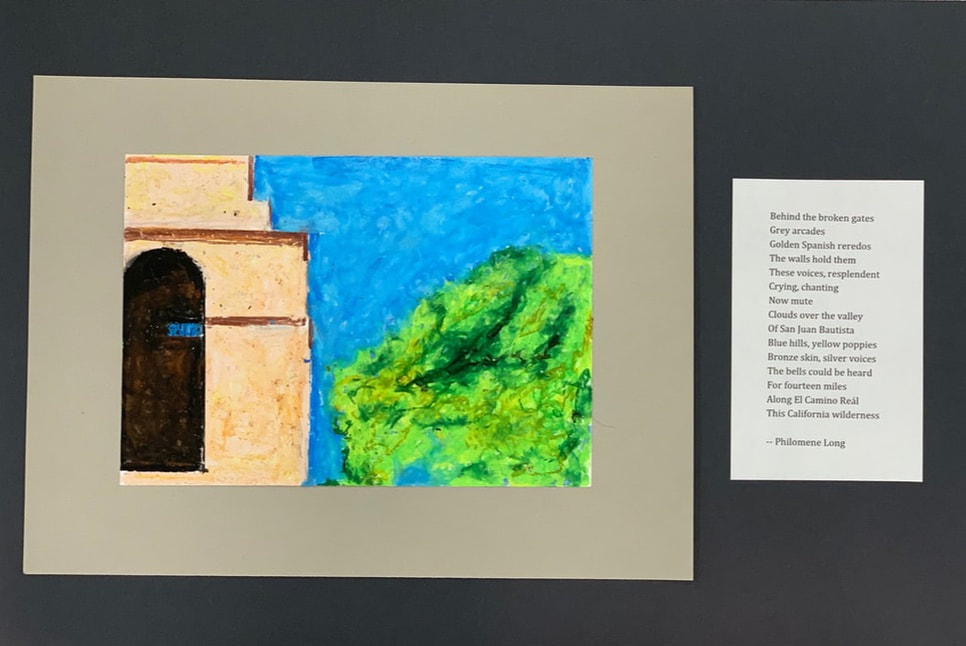
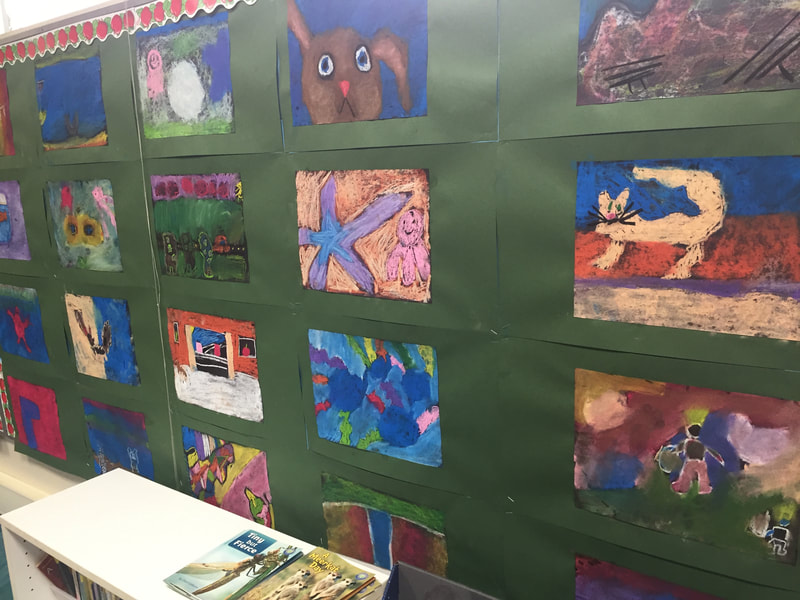
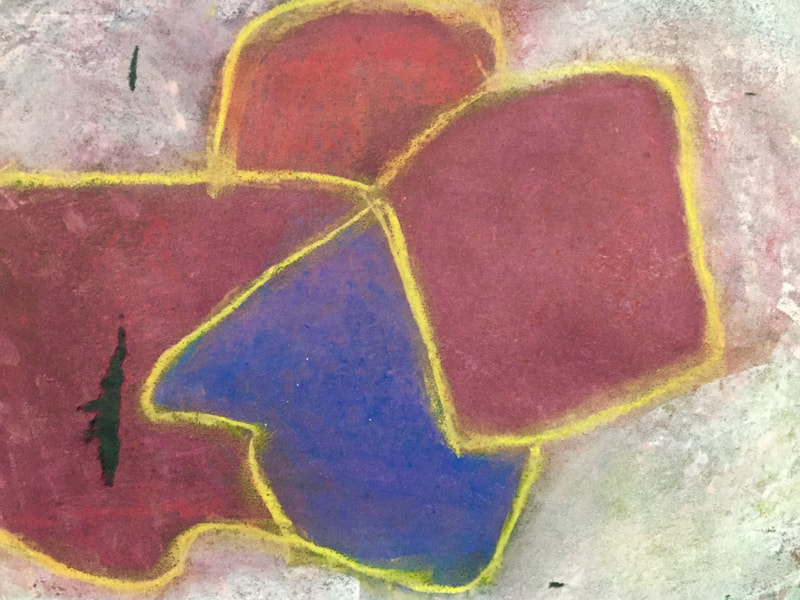
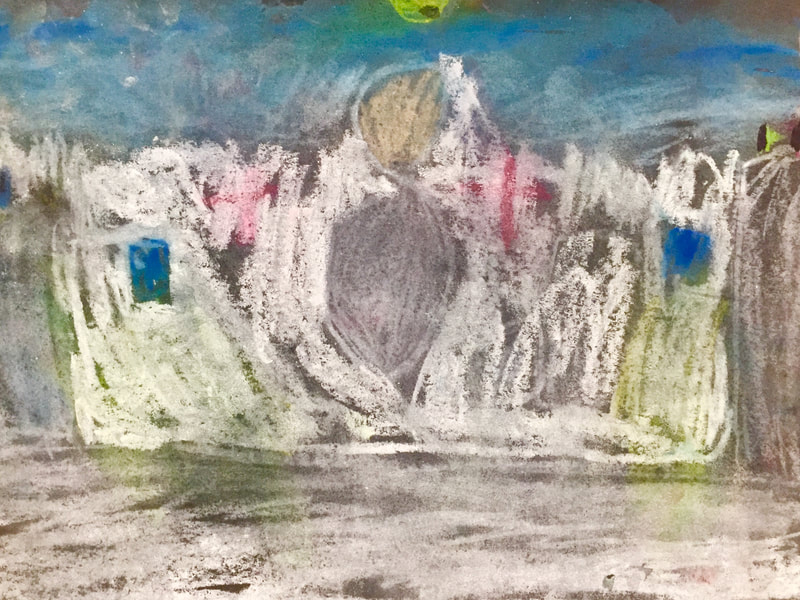
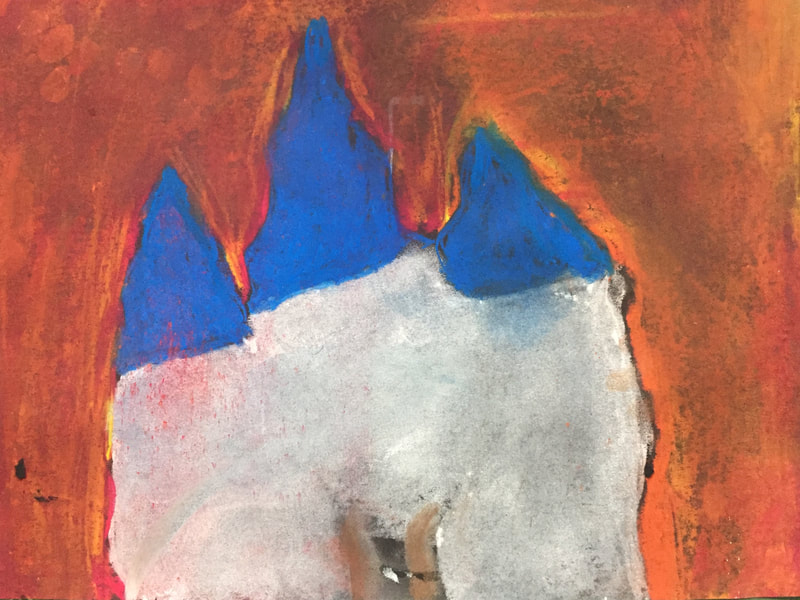
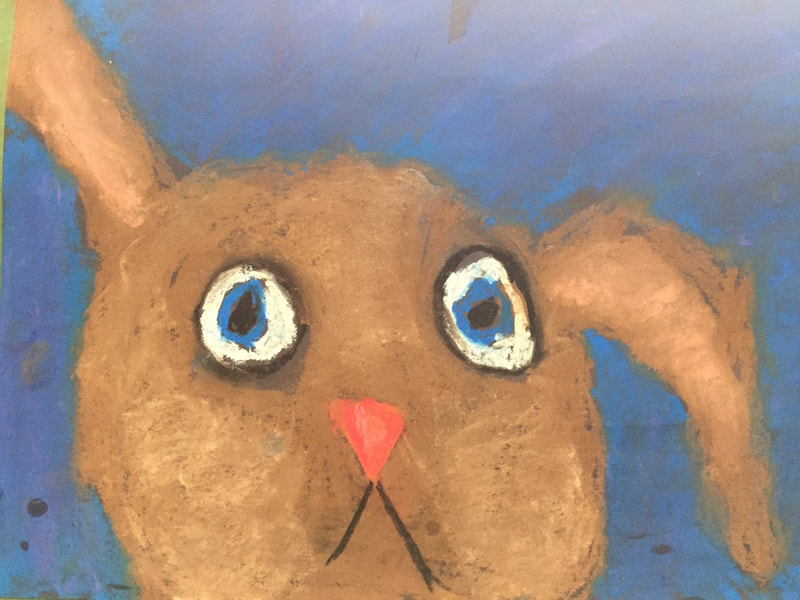
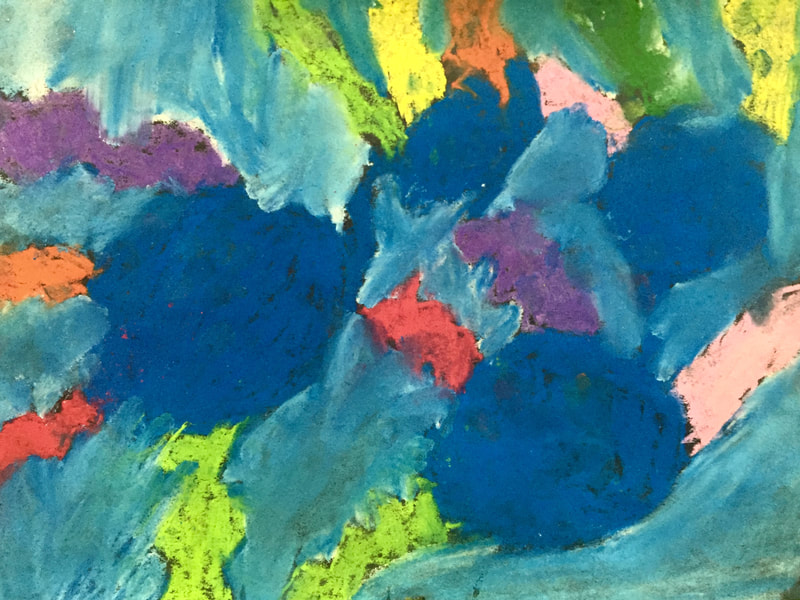
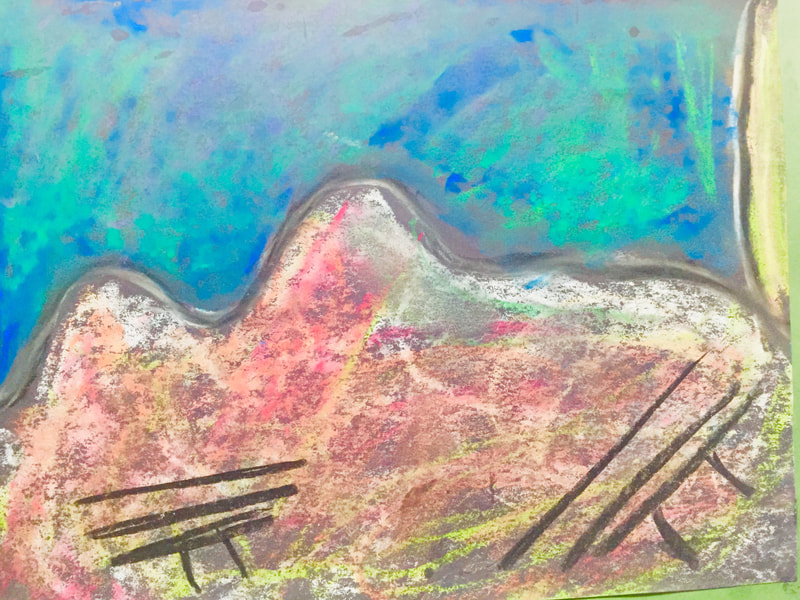
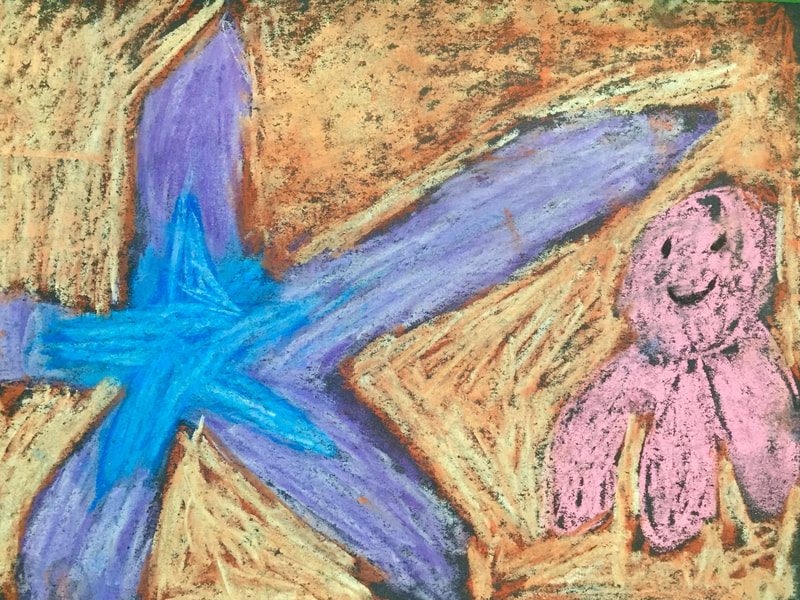
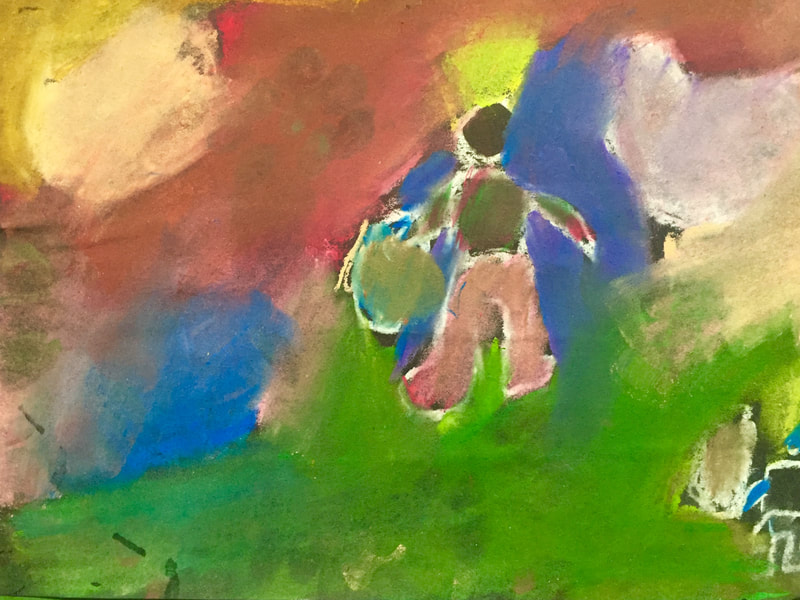
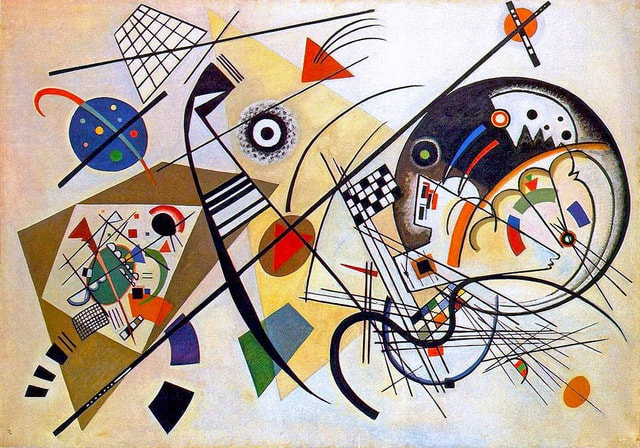
 RSS Feed
RSS Feed